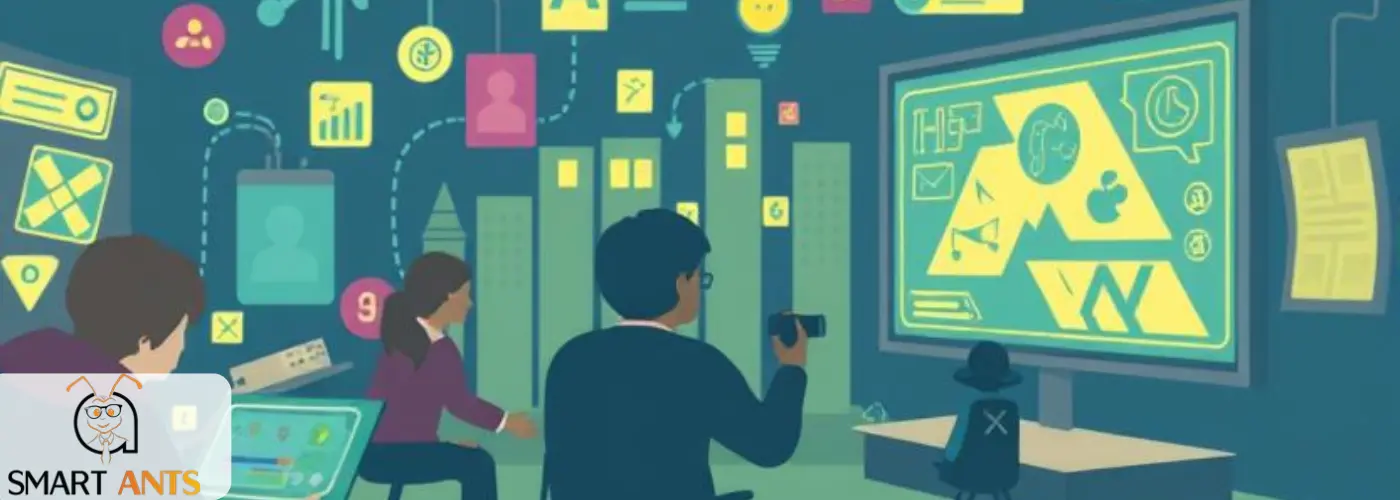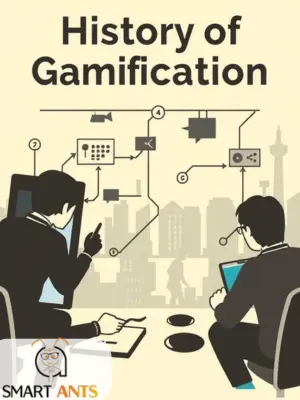History of Gamification: A Journey from Early Concepts to Modern Trends in the World of Gamification
Gamification, or bāzi-vār-sāzi (its Persian equivalent, meaning to make something game-like), is a concept that has increasingly permeated business, education, marketing, and even our daily lives in recent decades. But where did this fascinating idea originate? The history of gamification is much richer and older than we might imagine. In this article, we will embark on a journey into the past. On this journey, we will uncover the roots of this concept, examine its evolutionary stages, and gain a deeper understanding of how it has been shaped into a powerful tool for creating motivation and engagement. Understanding the history of gamification not only helps us better grasp its fundamental principles but also offers a broader perspective on its applications and future.
Part One: Ancient Roots and Early Concepts (Before the 20th Century)
The idea of using game-like elements to encourage and motivate is likely as old as human civilization itself. Ancient rulers used competitions and rewards to encourage soldiers or gain the loyalty of the populace. Even early educational systems bore traces of competition and reward.
One of the earliest documented examples close to the modern concept of gamification was the “S&H Green Stamps” program. This program began in the United States in 1896. Customers received stamps for purchases from participating stores. They could collect these stamps and exchange them for goods available in the S&H catalog. This system of points and rewards was an early example of loyalty programs, which today form a significant part of gamification-based marketing strategies.
In the military sphere, the use of simulations and war games to teach strategy and tactics to soldiers has a long history. These methods allowed soldiers to strengthen their skills in a controlled, risk-free environment. This concept is widely used today in educational and organizational gamification.
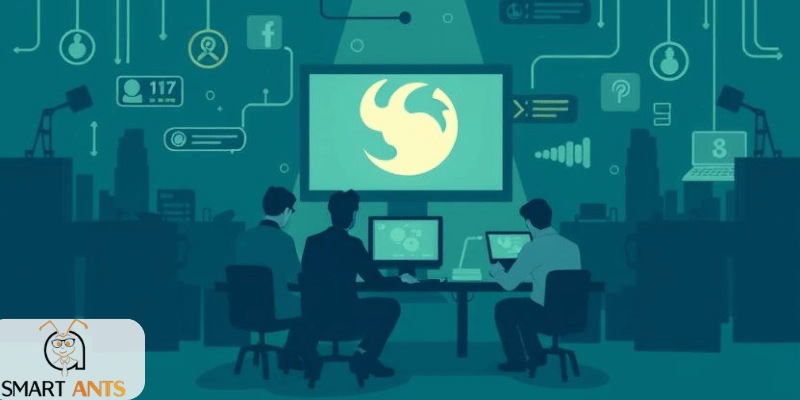
Part Two: The 20th Century – Sprouts of Gamification in Various Industries
The 20th century witnessed the emergence of new technologies and widespread social changes. These developments paved the way for the growth of concepts related to gamification.
The Airline Industry and Pioneering Loyalty Programs
In 1981, American Airlines introduced the “AAdvantage” program. This program is considered the first modern loyalty program in the airline industry. Passengers earned points for frequent flights, which they could use to get free tickets or upgrade their flight class. Other airlines, and then other industries, quickly emulated this model, laying the foundation for many of today’s gamified systems.
The Rise and Impact of Video Games
The 1970s and 1980s saw an explosion in the popularity of video games. With their engaging mechanics like points, levels, badges, and leaderboards, these games captivated millions worldwide. Game designers gradually learned how to use these elements to keep players engaged and motivated for extended periods. This knowledge was later directly applied to the design of gamified systems.
Application in Education and Simulation
The use of games and simulations in education, particularly in fields like business management and science, expanded. “The Oregon Trail,” developed in the 1970s to teach American history to students, was a successful example of using game elements in learning.
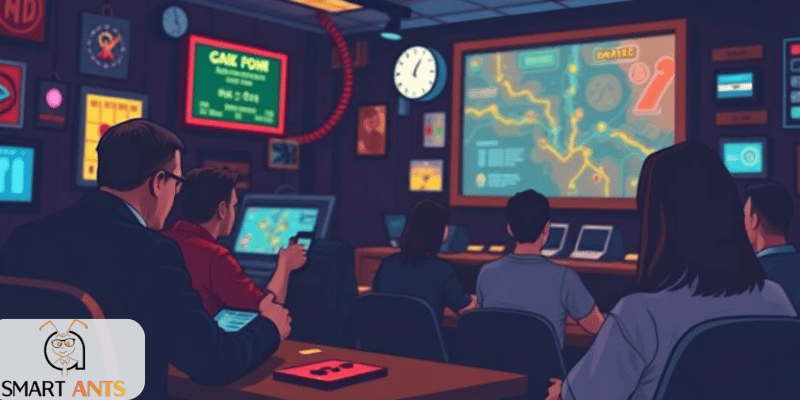
Part Three: Coining the Term “Gamification” and Formal Shaping (Early 2000s)
Although the principles of gamification had existed for a long time, the term “gamification” itself is relatively new. Nick Pelling, a British programmer and inventor, coined the term in 2002 or 2003. He used it to describe “the application of game thinking and mechanics in non-game contexts,” aiming to create more engaging and game-like user interfaces for electronic devices.
Initially, the term did not attract much attention. However, the spread of high-speed internet, the rise of social networks, and the ubiquity of smartphones prepared the ground for the rapid adoption and growth of gamification.
Part Four: The Era of Growth and Popularity (2010 Onwards)
The 2010s marked a turning point in the history of gamification. This period saw a significant increase in interest in the field, the emergence of prominent figures, the publication of numerous books and articles, and the implementation of successful large-scale gamified projects.
Key Figures and Influential Theorists
Prominent individuals played a crucial role in promoting and developing the theory of this field. Jane McGonigal, with her book “Reality Is Broken: Why Games Make Us Better and How They Can Change the World”; Gabe Zichermann, focusing on the application of gamification in marketing and customer loyalty; and Yu-kai Chou, with his “Octalysis” framework for analyzing and designing motivation in gamified systems, were among these figures.
Early Successful Platforms and Examples
During this era, numerous gamified platforms emerged and achieved success.
Foursquare: A Pioneer in Location-Based Social Networks
This location-based social network used mechanics like “check-ins,” points, badges, and “mayorships” to encourage users to share their location and discover new places. Foursquare was one of the first successful and widely adopted examples of gamification in mobile applications.
Nike+ (now Nike Run Club): Gamification for Health
This platform combined sensors in Nike shoes and later a mobile app to allow runners to track their distance, speed, and calories burned. They could also set goals, compete with friends, and share their achievements. Nike+ is a prime example of gamification in the health and fitness sector.

Stack Overflow: A Community Based on Reputation and Contribution
This Q&A website for programmers uses a system of points and reputation to encourage users to provide high-quality answers and actively participate in the community.
Enterprise Gamification
Businesses quickly realized the potential of gamification. They used this tool to increase employee productivity, improve training processes, and strengthen organizational culture. Platforms like SAP Community Network and Deloitte Leadership Academy utilized gamification to engage their employees and partners.
Part Five: Evolution and Modern Trends (Mid-2010s to Present)
As the field of gamification has matured, the focus has shifted from merely implementing superficial game mechanics (like points and badges) towards designing deeper and more meaningful experiences.
Focus on Users’ Intrinsic Motivation
Gamification designers have realized that creating sustainable engagement requires going beyond extrinsic rewards. They need to address users’ intrinsic motivations, such as feelings of competence, autonomy, and purpose. Frameworks like Self-Determination Theory have been very influential in this regard.
The Rise of Meaningful Gamification
This approach emphasizes creating experiences that are not only fun but also help users achieve important personal or social goals. Language learning apps like Duolingo or social participation platforms are good examples of this approach.
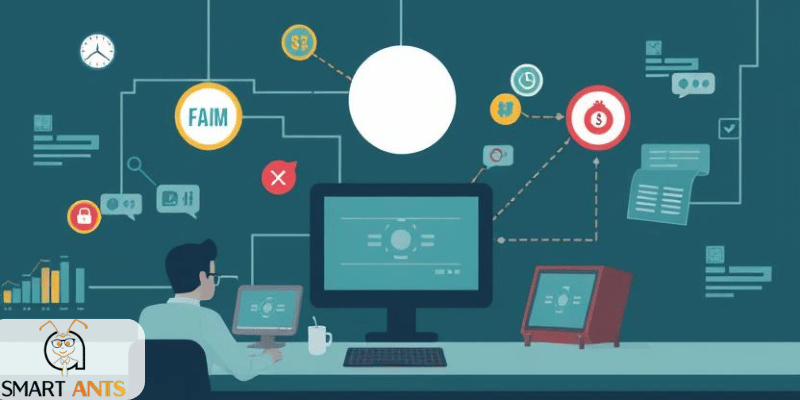
Integration with New Technologies
Gamification is increasingly being integrated with technologies such as Artificial Intelligence (AI), Virtual Reality (VR), and Augmented Reality (AR) to create more interactive and immersive experiences. For instance, VR is used for gamified training simulations, and AI is employed to personalize the gamification experience based on user behavior.
Expansion into New and Diverse Fields
The applications of gamification are rapidly expanding into new areas, including financial services (FinTech), environmental sustainability, and civic engagement.
Criticisms and Ethical Considerations in Design
Concurrent with the growth of gamification, critics have raised concerns about its misuse or superficial application (sometimes called “pointsification”). Ethical concerns about the potential for manipulating user behavior have also emerged. These critiques have contributed to the development of more responsible and ethical approaches to gamification design.
Part Six: The Future of Gamification
The future of gamification looks very bright. With advancements in technology and a deeper understanding of the psychology of motivation, we are likely to see more creative and impactful applications of gamification in various aspects of life. Advanced personalization, the use of big data to optimize gamified experiences, and a greater focus on well-being and personal development are among the trends that will shape the future of this field.
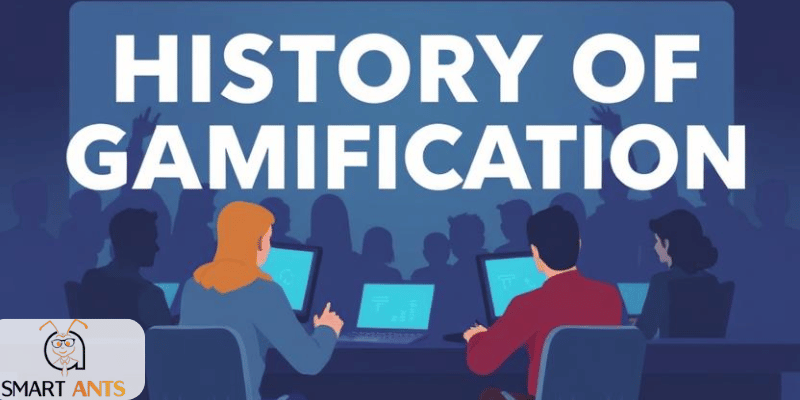
Conclusion: Lessons from the History of Gamification
The history of gamification shows that this concept is the result of a gradual and multifaceted evolution. From early loyalty programs to today’s complex video games, all have played a role in shaping gamification as a powerful tool for creating motivation, engagement, and behavior change. Understanding this historical path helps us learn from past mistakes, better comprehend the fundamental principles of effective gamification design, and welcome future innovations in this field with a more open mind. Gamification is no longer a fleeting trend but a proven strategy that, if applied correctly and with ethical considerations, can create significant value for individuals, organizations, and society.

